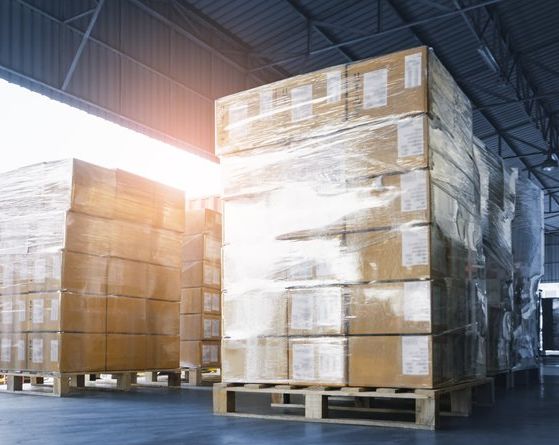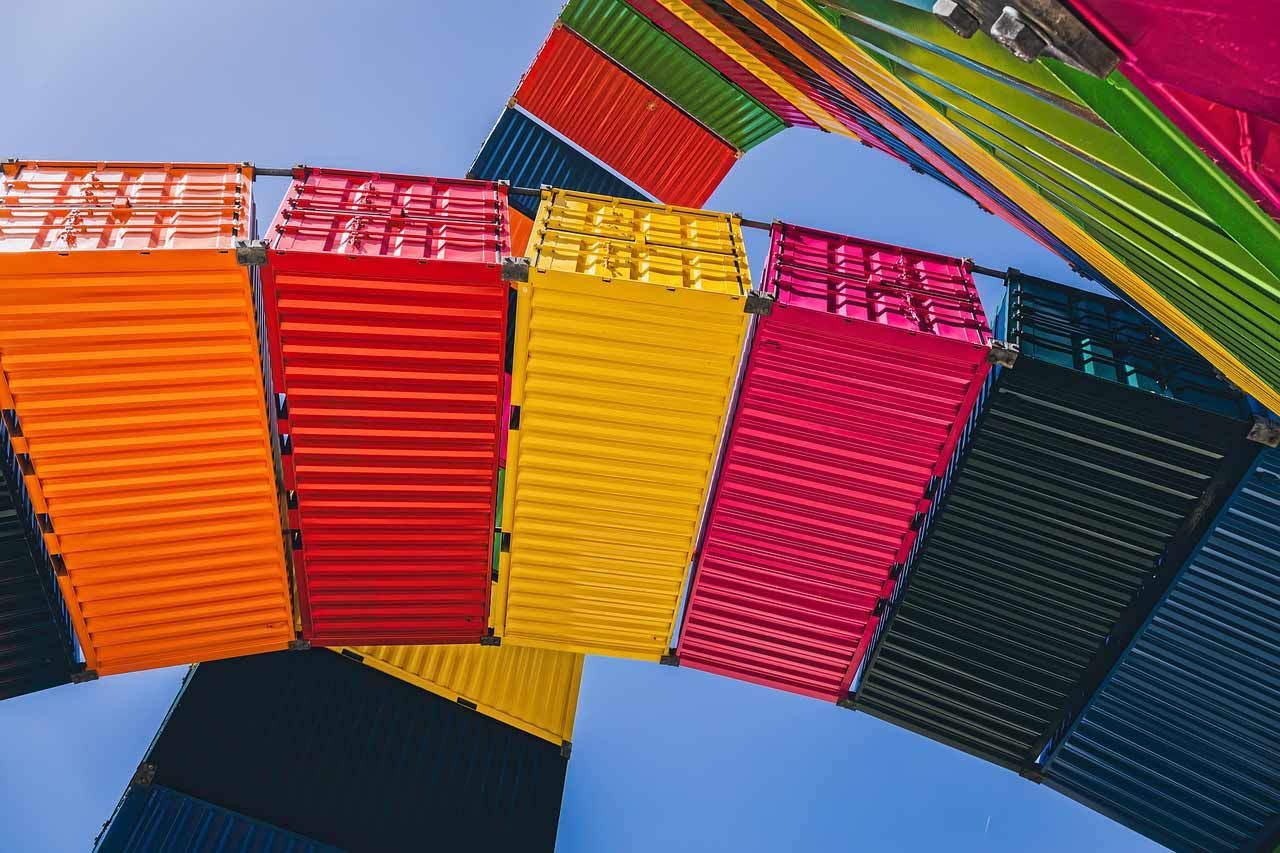Protecting Less-than-truckload (LTL) Freight from Damage
LTL shipping is a cost-effective option for moving smaller shipments, but it comes with a higher risk of damage compared to full truckload (FTL) shipping. The frequent loading and unloading at multiple terminals, along with shared space in the trailer, increases the chances of damage. For businesses, this can lead to costly freight claims, wasted time, and strained relationships with customers.
To minimize these risks, shippers can take several easy steps to ensure their less-than-truckload freight is protected during transit. Proactively preparing your shipment with the right packaging can make all the difference.
The Importance of Packaging for LTL Freight
Did you know that LTL shippers can waste hours and 25% of shipment value when dealing with damaged goods? Damaged freight not only causes immediate financial loss but also impacts long-term business relationships. Filing a freight claim can drag on for months and might result in a lost sale.
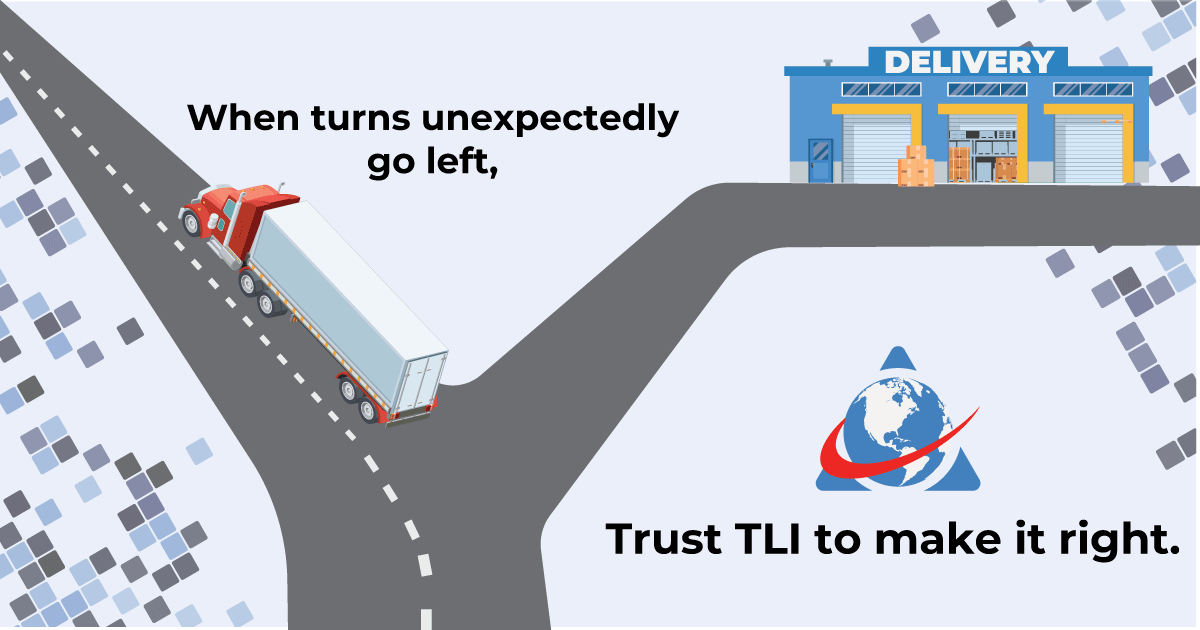
By working with a third-party logistics (3PL) provider like Translogistics (TLI), shippers can delegate many of these issues, including negotiating custom cargo liability. But while outsourcing some aspects of LTL shipping makes sense, shippers should also take proactive steps to safeguard their freight.
The two most common mistakes we see shippers make are related to labeling and banding. The first error is improper labeling, or worse, reusing packaging with old labels still attached. While this may not directly result in a damaged shipment, it often leads to lost freight or deliveries being misrouted. Freight can get separated during linehaul transit, especially when old or unclear labels cause confusion at terminals. To avoid this, always ensure labels are current and legible, and never recycle boxes or crates with old labels still visible.
The second major mistake is skimping on proper strapping and banding. Shipping bands, typically heavy-duty poly bands, secure your freight to the pallet, preventing it from shifting or coming loose during transit. Some shippers try to save a few pennies by using minimal banding, but this is a risky move. Trailers vibrate on the road, and without enough banding, your freight can move, causing damage. Even if you’re shipping in a wooden crate, always use bands to secure the freight inside to avoid internal shifting and potential damage.
External Packaging: The First Line of Defense
One of the most effective ways to prevent LTL freight damage is to choose the right external packaging. Here's how you can reinforce your shipments:
- Crates: Wooden crates offer substantial protection, especially when built from quality lumber. Reinforce crates with extra slats and fasteners to handle the rigors of transit.
- Pallets: Freight loaded onto pallets is easier to move using forklifts, minimizing unnecessary handling. Secure your shipment to the pallet using heavy-duty poly bands to prevent it from shifting or tipping during transit.
- Shrink-wrap: Use shrink-wrap to bundle products and prevent exposure to the elements. For maximum stability, wrap the base of the pallet to ensure the freight stays firmly secured.
- Edge boards and corrugated cardboard: Reinforce palletized freight with edge boards and cardboard to absorb shocks, protect corners, and stabilize layers during transit.
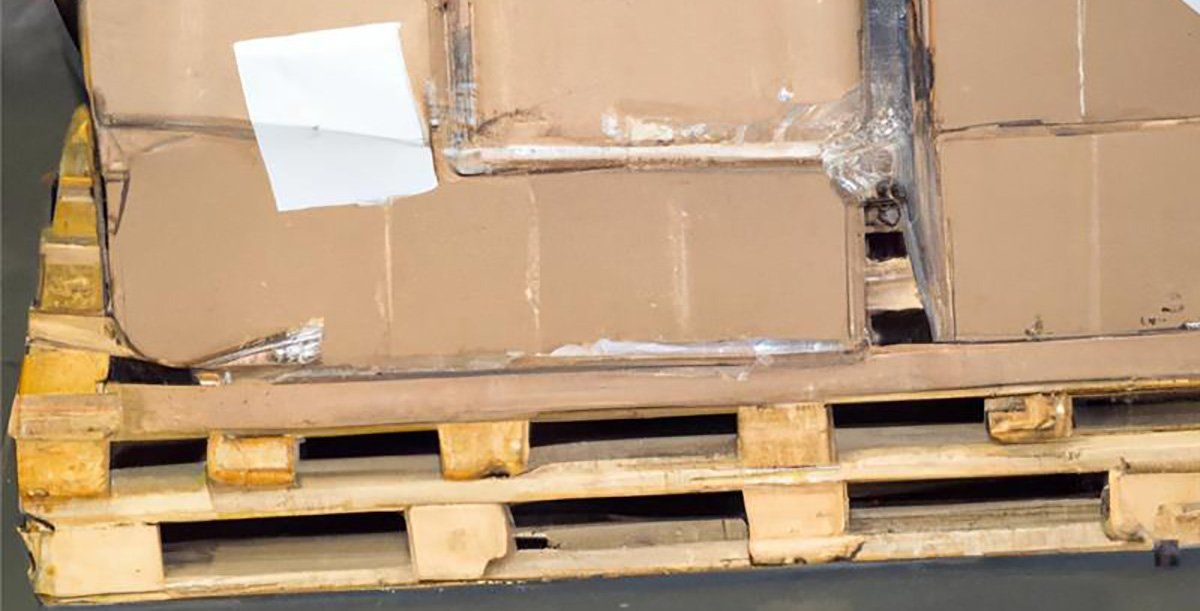
Internal Packaging: An Added Layer of Protection
In addition to external packaging, internal packaging is essential for safeguarding your products against shocks, vibrations, and environmental conditions. Internal packaging options include:
- Foam cushioning: This lightweight material absorbs dynamic shocks and vibrations, providing extra support.
- Paper filling and honeycomb: Both are excellent for wrapping products and filling gaps within boxes. Paper honeycomb is a more rigid option that can brace products against shifting during transit.
- Loose filling and bubble wrap: These materials are ideal for stabilizing smaller items and filling any empty spaces to prevent movement inside the packaging.
By combining robust external and internal packaging, shippers can reduce the likelihood of damage, ensuring their LTL shipments arrive safely at their destination.
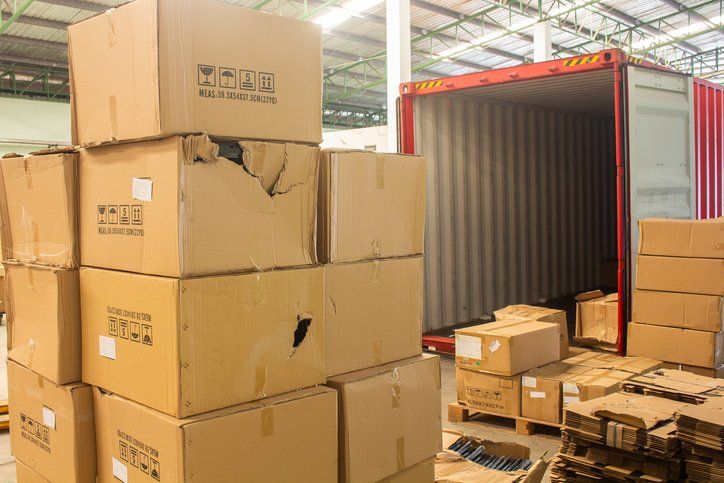
Partner with the Right Carrier and 3PL
Choosing the right carrier is another critical step in protecting your freight. Some LTL carriers offer specialized equipment to minimize damage, such as SafeStack systems or sealed dividers to separate freight. For more information about packaging options, pricing, and expert support, contact the LTL freight specialists at TLI. The TLI team can also help negotiate custom liability terms to fit your unique shipping needs.
Taking the time to prepare your LTL shipments properly can save you from costly claims and damaged customer relationships. With the right combination of packaging, proactive measures, and a reliable 3PL partner, you can ensure your important shipment stays safe and secure throughout its transit.
TLI Insights
Get the latest logistics insights and tips from Translogistics’ award-winning team. Stay ahead in transportation planning.
Questions? Email us at marketing@tli.email


